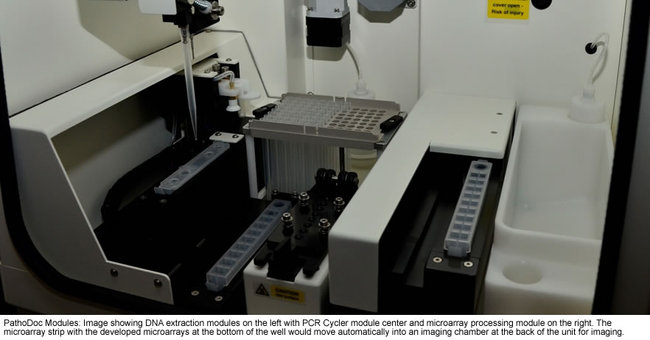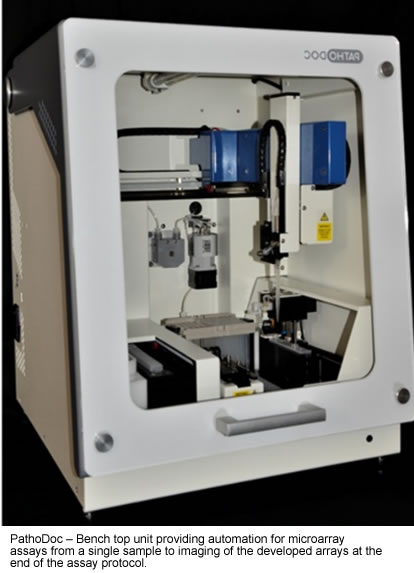Results
Sepsis, a life-threatening organ-dysfunction caused by a dysregulated host response to infection, is life threatening with high mortality. Fast identification of patients most at risk for severe outcomes is crucial to start appropriate therapy. In addition, the precise diagnosis is of outstanding importance because the optimal antibiotic can only be prescribed if the pathogenic agent and its susceptibility have been identified.
Bacterial pathogens frequently encountered in human infections are genetically diverse but can share phenotypic traits in common hence the need for DNA-based identification. However, the high multiplexing of DNA-based detection reactions is a challenging task because all relevant interactions of oligonucleotides cannot be computed in a reasonable time scale. Thus, the FAPIC partner AIT with the help of expertise at Warwick and AXO developed in silico and in vitro techniques that allowed us to improve the sensitivity and specificity of DNA-based assays. We were able to provide markers for bacterial pathogens and determine if resistance genotypes were present. Warwick, Hasselt and Zagreb all contributed expertise on the key ARGs to be targeted based on experience from the study of clinically important resistance genotypes. The dissemination of pathogens into the environment is a further public health threat so an environmental assay was designed at Warwick in collaboration with UCBL and AXO, with DNA extraction developed with Molzym collaboration.
To solve the problem of lowering the time-to-result of sepsis diagnosis Molzym developed, with BEE Robotics, an automated method of enrichment and extraction of the DNA from bacteria present in whole blood samples. The approach was integrated into an overall concept of a near bedside molecular device for rapid pathogen analysis. This device, PathoDoc, consisted of a bench top robotic system that directed 1 ml blood samples through extraction, PCR amplification and hybridisation-based detection of pathogen DNA in a completely automated solution. The diagnostic sensitivity against blood culture was suboptimal, but provided Molzym with a valuable technical basis and collaborative network of short- to mid-term development and marketing of molecular tools for rapid diagnostics in routine applications. The PathoDoc and array were subjected to detailed preclinical evaluation using spiked blood samples at Warwick which provided further data for optimisation.
The FAPIC project allowed us to perform two clinical studies at Jessa hospital. The second and largest study included approximately 2000 patients with suspected sepsis presenting at the Emergency Department. Blood samples were collected from all patients together with clinical and laboratory parameters. Risk factors and innate immune response of these patients were analysed to allow for fast identification of high-risk patients. The study enabled a clinical evaluation of the diagnostic system and both Hasselt University, and Radboudumc benefitted from these studies. In addition, an extensive biobank collection of blood samples was collected allowing for future research on sepsis.
More information in the final project report
 |
|
 |